What is Pop Art?
What is Pop Art? Pop Art is an artistic movement that emerged in the 1950s in England, which reached its maturity in the 1960s in the USA.
This movement emerged in the mid-twentieth century, in which artists incorporated common objects – comic books, cans of soup, newspapers and more – into their works.
Pop Art sought to solidify the idea that art can be based on any source, and there is no hierarchy of culture to hinder that.
It was established in two independent directions, first in London and then in the United States.
Pop Art in the UK
The Independent Group (IG), founded in London in 1952, is recognized as the precursor to the movement.
The Independent Group analyzed, discussed, designed, built and assembled a rich material of highly significant works that explore contemporary culture.
Using a variety of sources, including the pages of science fiction magazines, Jackson Pollock paintings, Hollywood films, the streets of London and modernist architecture, Grupo Independente created a radical approach to looking at and working with visual culture.
The group organized an exhibition, called “This Is Tomorrow” with the objective of producing art that would reach the great masses.
The central themes of Britain’s Pop Art were a reflection on consumption, the risks of power politics and nuclear policy, or the questioning of gender roles, themes that continue to concern us.
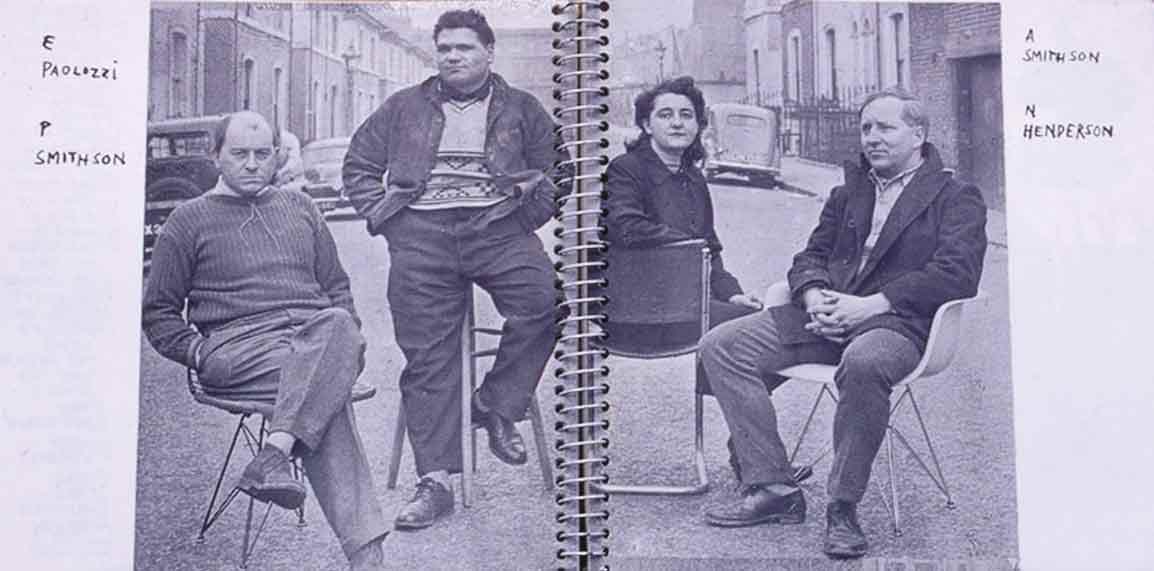
“This Is Tomorrow” is now considered a watershed in postwar British art and, in some ways, started the development of the British branch of Pop Art.
The main artists of the Independent Group were Richard Hamilton, Eduardo Paolozzi and William Turnbull, architects Alison and Peter Smithson, James Stirling and Colin St John Wilson and critics Lawrence Alloway and Reyner Banham.
Pop Art in the US
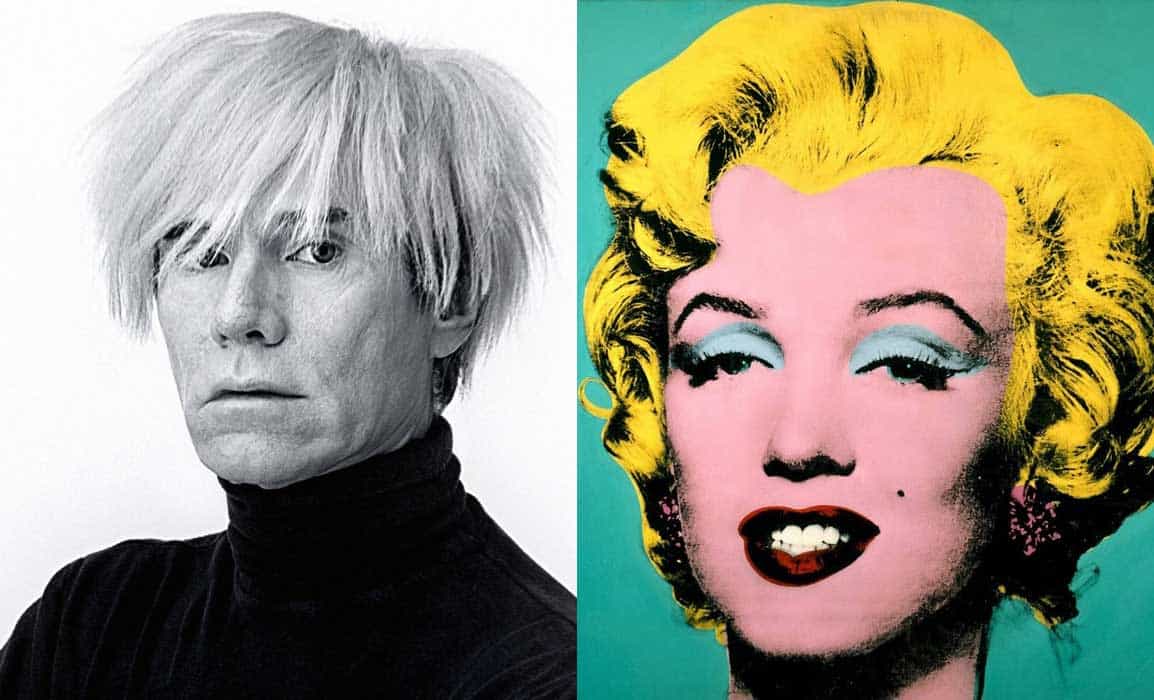
A boom in the post-World War II economy led to higher wages and more leisure time, and mass production led to the creation of objects such as televisions, dishwashers and cars on an unprecedented scale.
With the appearance of new technologies in print production, and the rise of the advertising industry, consumer goods were sold with the promise of satisfying their owners.
With newfound wealth, mobility and free time, many Americans moved to the suburbs and television became the dominant media of the 1950s.
Surrounded by the products of consumer culture, American Pop Art artists were inspired by what they saw and experienced living within that culture.
When talking about Pop Art, the first name that comes to mind is Andy Warhol! Warhol’s influence was enormous (you can read about Andy Warhol here ), but there were many other American pop artists who led the way in Pop Art.
It is at that moment that in addition to Warhol, pop artists names like Roy Lichtenstein, Claes Oldenburg, James Rosenquist e Tom Wesselmann as the main representatives of Pop Art.
Outside is the world, It’s there. Pop Art looks at the world.(Roy lichtenstein)
What is Pop Art?
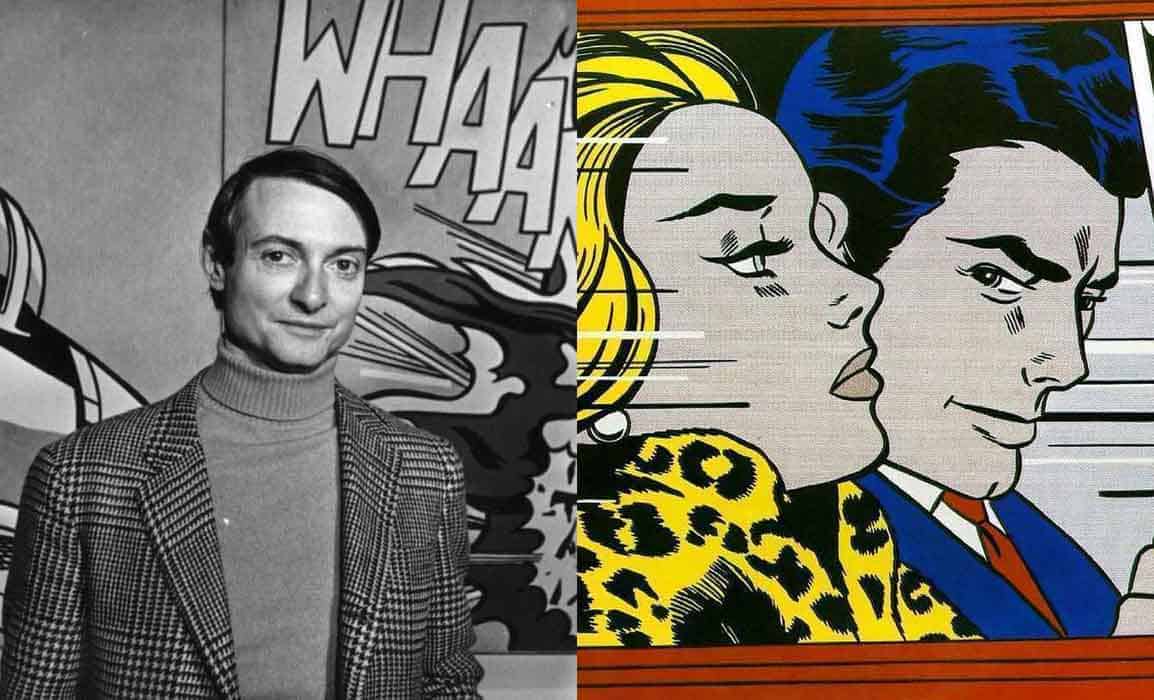
Without a defined style, the works of these artists are fine-tuned for their simplified design, saturated colors, the use of common objects and everyday life.
These artists make use of reproduction techniques that simulate mechanized work such as three-dimensional collages, serigraphy techniques to represent the impersonality of objects, thus producing mass art for consumption.
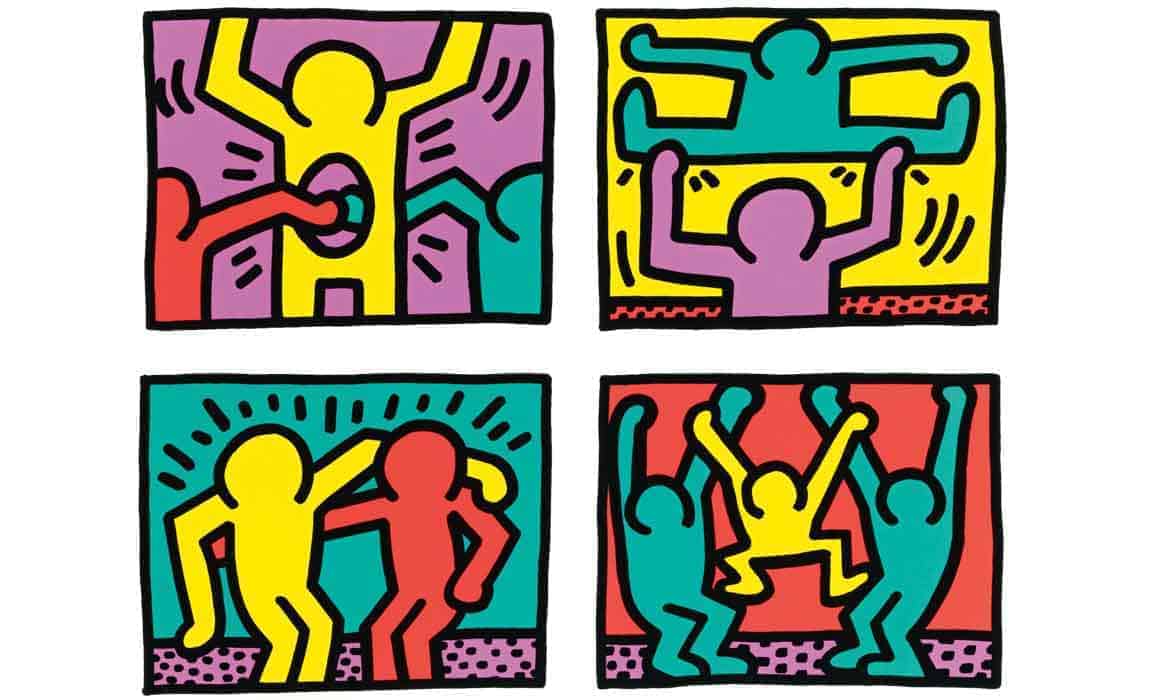
Keith Haring
Characteristics of Pop Art
- Recognizable images: The movement uses images and icons from popular media and products. This included commercial items like soup cans, road signs, pictures of celebrities, newspapers and other items popular in the commercial world.
- Bright colors: It is characterized by vibrant and bright colors.
- Irony and satire: Humor is one of the main components.
- Innovative techniques: Many pop artists were involved in printing processes, which allowed them to quickly reproduce images in large quantities.
- Mixed media and collage: Pop artists often mix materials and use a variety of different types of media.
Pop Art is said to be the turning point from modernity to postmodernity in Western culture.
One of the biggest differences between British and American pop art was that the British concentrated on a lighter tone and often tended to incorporate humor.
American pop art, by contrast, was a product of incessant marketing that Americans tended to be subjected to.
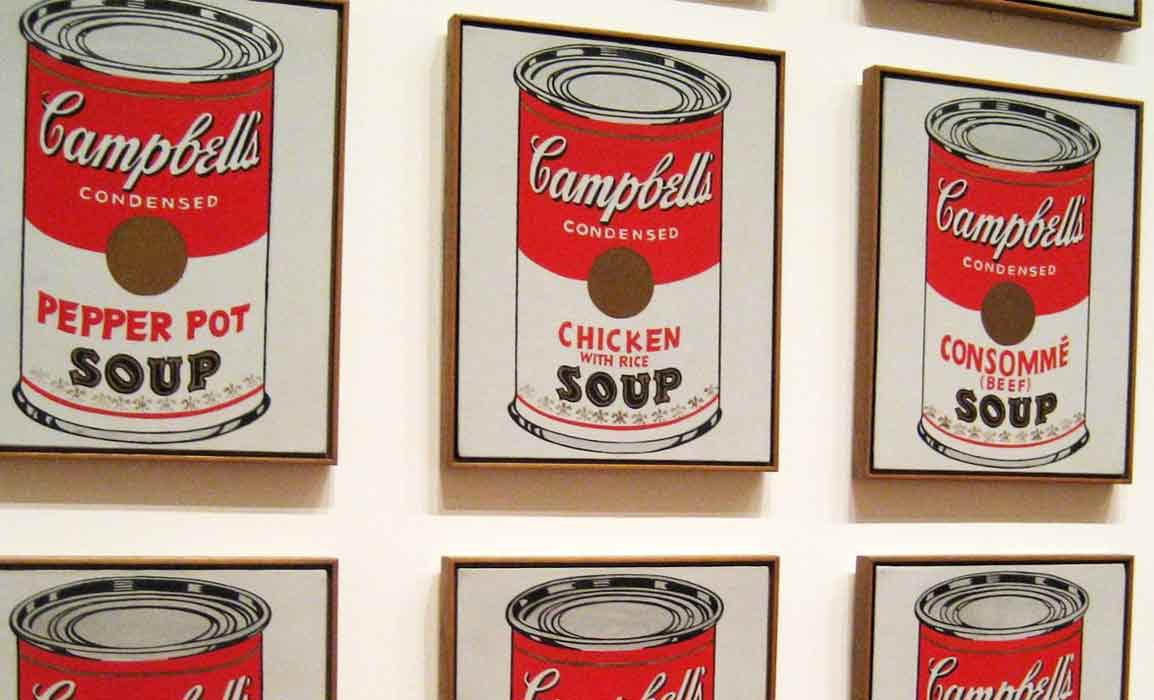
Pop Art in Brazil
In Brazil, Pop Art emerged in the context of the military dictatorship and was used as an instrument of criticism of the system.
Adhering only to the form and technique used in Pop Art, the artists expressed dissatisfaction with the censorship installed by the military regime, addressing social issues of politics.
Nowadays, owner of a peculiar style and full of personality, the Artist Lobo is considered a reference in Pop Art in Brazil.
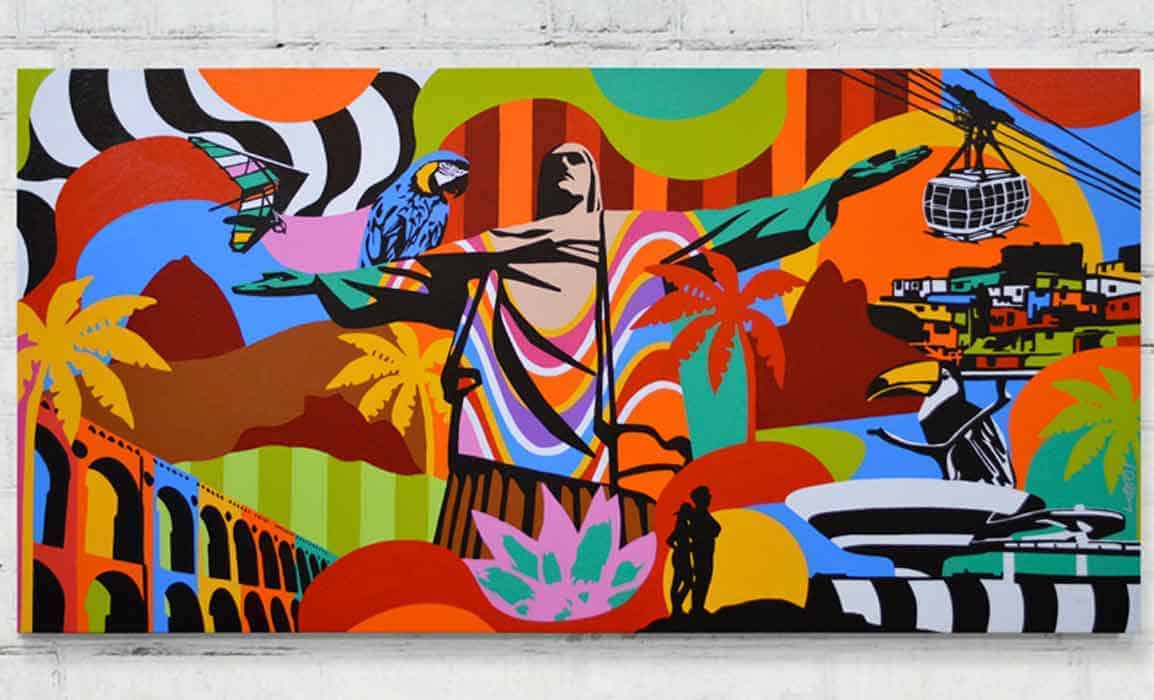

His works of striking lines and vibrant colors seek to portray people’s history (carefully in up to 10 layers of paint) to compose their own trajectory in the world of the arts.
Under the eye of the Artist Lobo, important moments such as trips, weddings, births of children, pets take on a new meaning in the context in which they are produced by Lobo and thus assume a different value.
Burton Morris, Peter Max, Andy Warhol e Keith Haring are some artists that serve as inspiration for Lobo.
Learn more about the work of the artist Lobo, clicking here
See too:

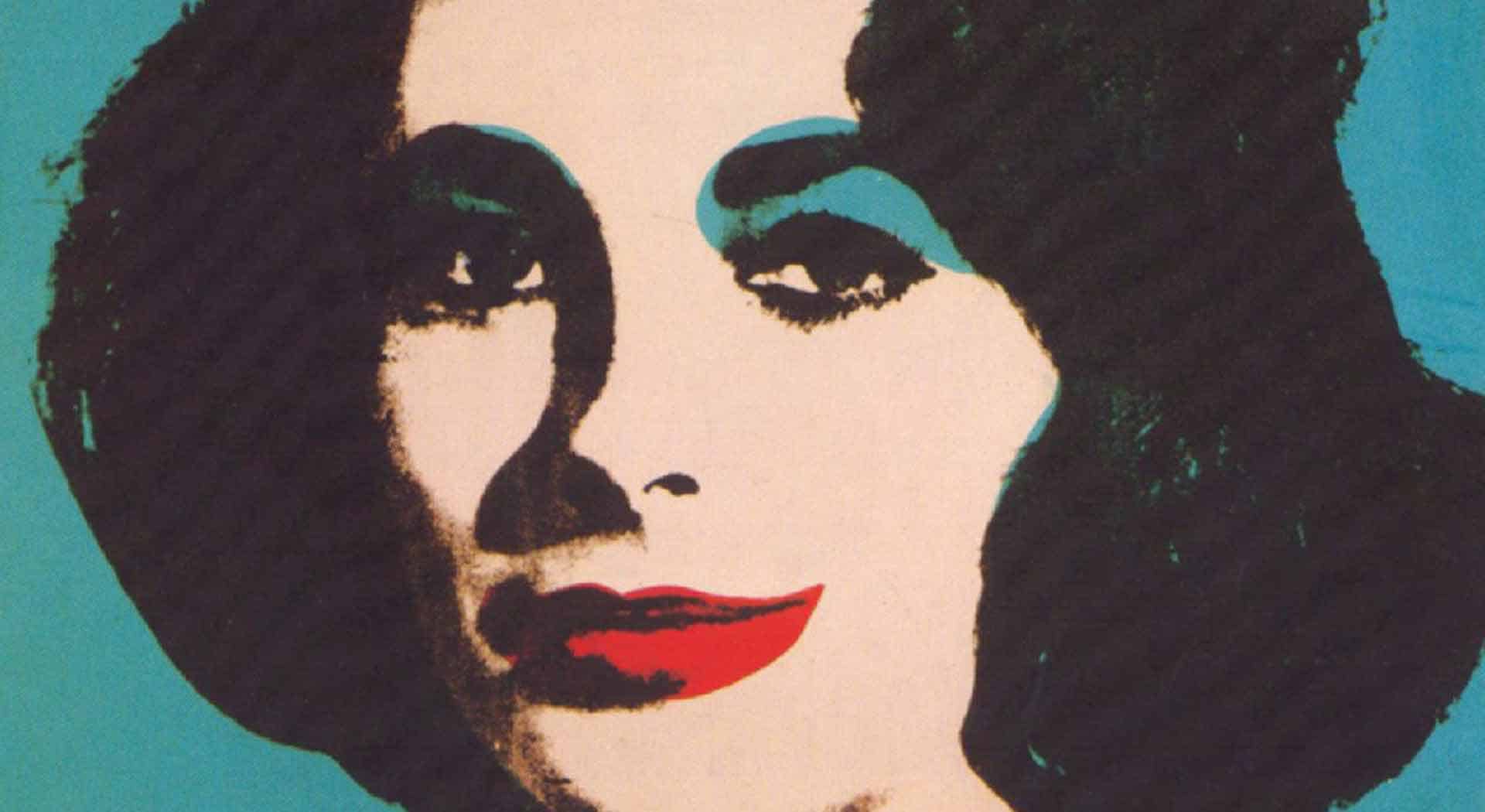
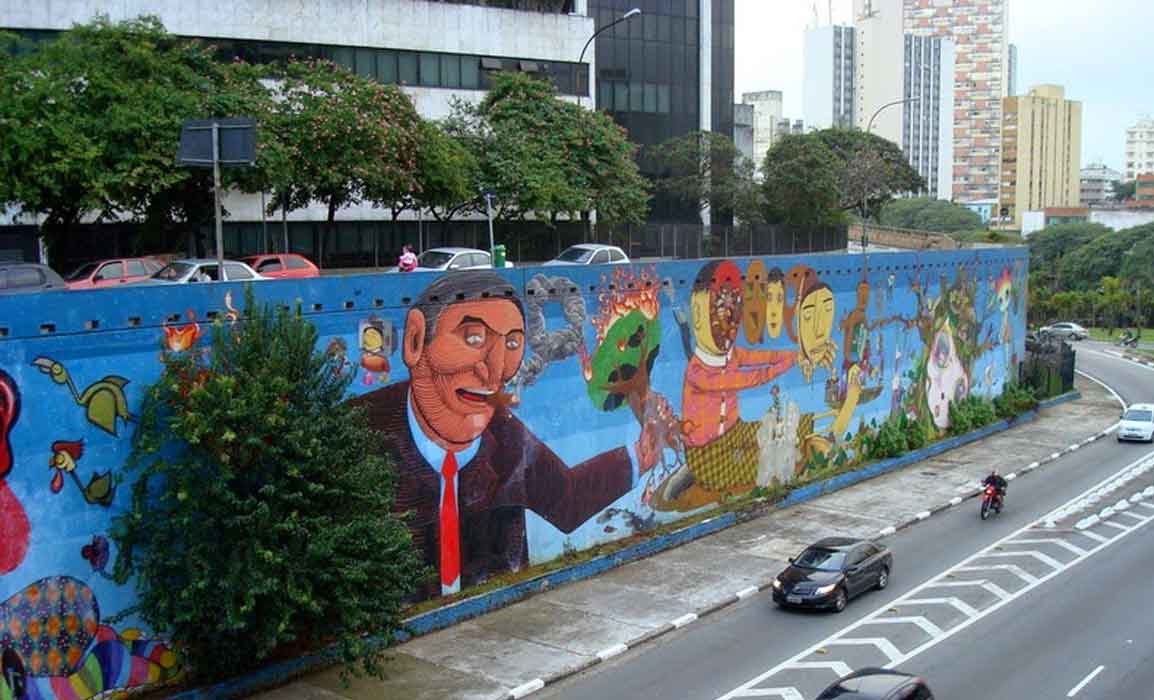


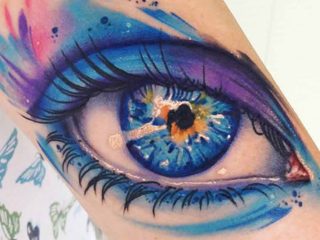

Thankyou for that. I really needed this for school
Thank you!
I love pop art!
Hello, Casey! We Love Pop Art! Thank you! Lobo
Was the best explanation of what pop art is, thanks bro
Hi Tom, Glad it helped you! Lobo